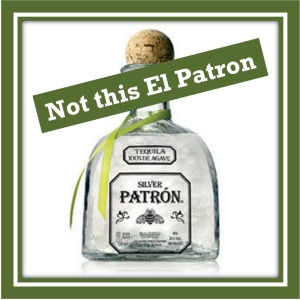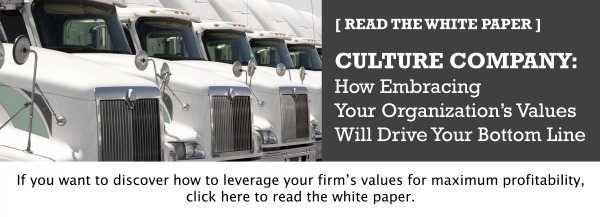 DILLON MORAN
DILLON MORAN
HNI Relationship Manager
Organizational cultural change — the sort of long-term change that sets a company's vision and mission — begins with one crucial step: full buy-in and ownership.
A company must own the organizational cultural change process and engage in it, from the top down and from bottom up. Getting everyone, from the C-suite to the factory floor, on the same page is a tall order. It requires bridging many gaps: cultural, socioeconomic, educational, age, etc.
The bottom line is that today's workforce is more diverse than ever before, and if you can't bridge those gaps and understand where your people are coming from, organizational cultural change never will last.
Do You Know 'El Patron'?
To give you a sense why bridging the gap is so important, here's some context about me: I grew up working in international missions in Latin America, and I come from a family of mixed heritage. I have lots of experience living between worlds.
So let me share a phrase that will obstruct company ownership of change, particularly if your workforce includes the Latin American community: “El Patron."
El Patron is roughly translated to “the boss,” but the cultural meaning behind this phrase is far broader. It also means “master” or “lord."
The word connotes a far off-ness, an otherness to the boss or manager. Picture an agricultural worker who only sees El Patron on occasion, when he or she rides into to the field to check on things and then disappears, living in another world far from the poverty of the workers.
Many times Patron can mean just “boss." But frequently the word still is part of the otherness that many Latin American workers feel in relation to their employers, particularly if there is a language barrier or cultural distinction.
Think about what this otherness means to organizational cultural change. The boss is from a different world... and so are his ideas. Because there's no understanding (on the part of the worker or the employer), change is sunk before it can set sail.
Set a New Pattern for Organizational Cultural Change
Luckily Patron also means “pattern,” as in a pattern that one can follow. The most immediate solution to this kind of otherness and the gap it creates is for management to engage with workers in a way that goes beyond simply instructing change. Managers must live out that change in an intentionally visible, predictable way for employees to witness and emulate.
The challenge to management is this:
- Engage with employees in a way that communicates, “We are following a pattern together, because we are going to own this change togetherl”
- Demonstrate that the pattern is not an arbitrary construction of the people in charge, but an empowering goal that holds everyone accountable.
Real company ownership and change will occur when all your employees feel accountable to each other and strive to make each other better. And getting there takes knowing where everyone is coming from.
How do you set patterns in your organization? What's the greatest cultural barrier you've had to cross? Please share in comments!
Related Posts:
Drivers Hold Keys to Strengthening Your Culture Through Ownership
Employee Risk Management: What It Is and Why It Matters
Why More Employers are Creating a Culture of Transparency
The Importance of Corporate Culture: A Tale of Two Companies
.png?width=69&height=53&name=Acrisure%20Logo%20(White%20Horizontal).png)

 DILLON MORAN
DILLON MORAN
